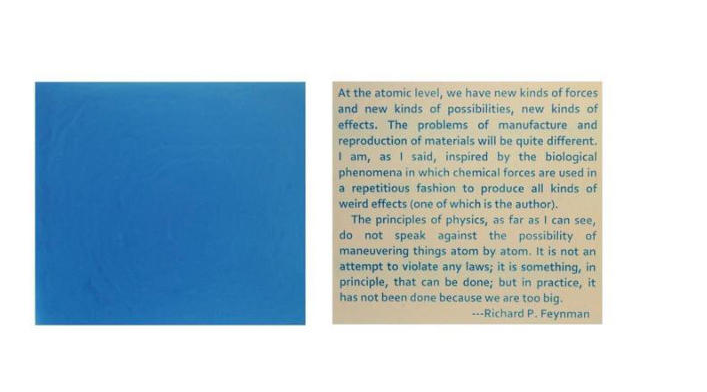Sure, we’re moving further into a paperless world.
And, yes, we’ve collectively become avid recyclers when it comes to paper.
But, as Quartz reports, we can attribute nearly 1 per cent of all carbon emissions yearly to paper production. Thankfully, one researcher at the University of California at Riverside has a solution. Yadong Yin and his colleagues have invented a game-changer of a type of paper.
It can be printed on using just light and erased by heating.
Plus, it can be reused up to 80 times.
This is how it works (to the best of our arts background understanding): Yin created nanoparticles, which are a million times smaller than the thickness of human hair. According to Quartz, he did this with the dye Prussian Blue or its chemical equivalents, and titanium oxide, something often found in white wall paint.

He then applied this combination to a piece of normal paper (simple, right?).
When ultraviolet light is exposed to the coating, the electrons from the titanium oxide move to the dye in the nanoparticle. This turns the blue dye white.
By focusing the UV light into shapes, it’s possible to print white words on a blue background and vice versa (the latter of which is easier to read).
The paper reverts to its original form on its own in five days, but the process can be accelerated by heating the paper to 120 C for 10 minutes.
The paper isn’t the first ink-free paper that can be printed with light, but the difference between it and the others is its use of cheap and available chemicals.
For this reason, it could easily become a commercial product. The next steps for Yin’s team is a printer for the paper.
[ninja_form id=104]
[ad_bb1]

